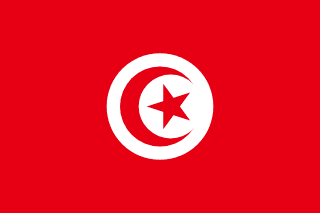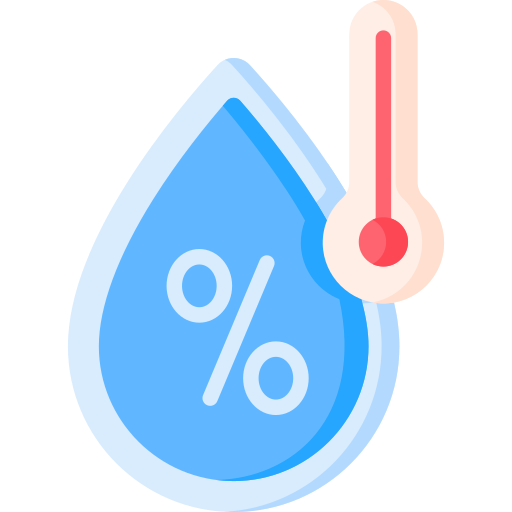Tunis - Introduction

About Tunis
Tunis Current Weather
Tunis, Tunisia
2025-12-16 03:59
Partly cloudy
17.3°C
Temperature:17.3°C |
63.1°F
Feels like:17.3°C |
63.1°F
Other weather information:
| Parameter | Value |
|---|---|
Wind 
|
21.6 km/h |
Pressure 
|
1015 mb |
Humidity 
|
77% |
Visibility 
|
8 km |
UV Index 
|
0 |
Precip 
|
0.18 |